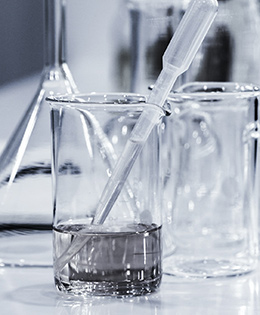

With customer demand as the center and technological innovation as the driving force, we provide perfect solutions.

Provide customers with high-quality, efficient, safe and environmentally friendly services and products.

time:2021-09-15 writer:The Auxiliary Agent Plant Of Qingyuan Fushun City
Plastic heat stabilizer:
Polyvinyl chloride, the English name PVC, is considered to be one of the universal polymers because it is compatible with many other materials such as plasticizers, fillers and other polymers. The main disadvantage is poor thermal stability. The use of additives can change the physical appearance and working characteristics of polyvinyl chloride, but cannot prevent the decomposition of the polymer. Although the physical (such as heat, radiation) and chemical (oxygen, ozone) factors will always gradually destroy the polymer material, but a class of substances called stabilizers can effectively prevent, reduce or even basically stop the material的degradation.
Common composite plastic heat stabilizers include: liquid barium-zinc compound; the main components of non-toxic liquid calcium-zinc stabilizers are calcium stearate, calcium ricinoleate, zinc stearate, zinc ricinoleate, and epoxy Soybean oil, UV absorbers, etc. Liquid calcium and zinc stabilizers are generally selected as fatty calcium salts and zinc salts that are easier to dissolve in organic solvents with fewer carbons; liquid barium cadmium and liquid barium cadmium zinc composite nucleating agents are mainly used for soft materials Processing of PVC products.
Previous:no more
Next:no more